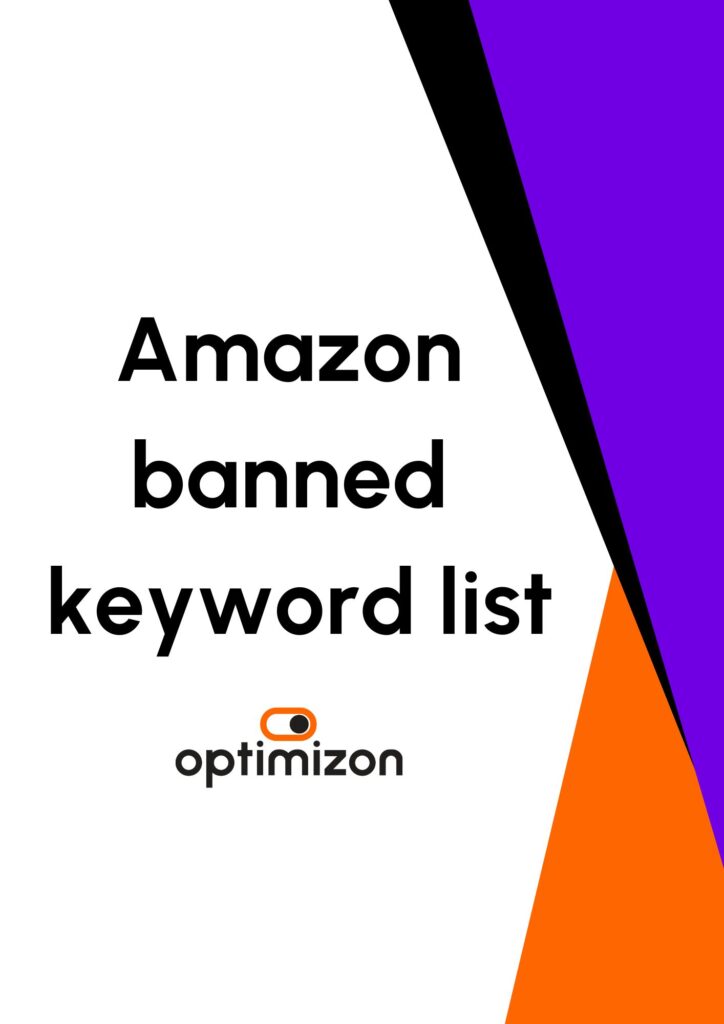Who Comes First – Resellers or Customers?
So you’ve made the decision to take more control of your brand on Amazon using the Brand Registry service. This has given you greater influence and control over your brand’s product listings on Amazon. Now you can make sure that your products are being sold correctly.
Now, a lot of businesses think that this is where their work is done on Amazon – they’ve protected their brand from unscrupulous 3rd party sellers and can now leave the rest of the work to their existing brick and mortar resellers. Plus, they may not want to “rock the boat” with their authorised resellers and potentially damage relationships with businesses that have helped them grow.
In this blog post, we’re going to explore why businesses are only harming themselves when they put their resellers needs over the needs of their customer when it comes to their Amazon distribution strategy.
The Two Approaches
There are currently two main approaches that brands use to take advantage of the Amazon sales platform.
The first approach is to spread the opportunity to a number of their resellers to make additional sales on Amazon. This is often tempting if you face a tough decision to decline an existing retailer’s request to sell your product on Amazon.
Your reseller may already be selling on the platform. This means you face the prospect of instructing them to stop doing this. Not the most pleasant conversion to have – so to keep everybody happy you can let them continue.
And hey – if your resellers do well on Amazon, they keep buying from you. Everybody wins, don’t they?
The second approach is to focus on getting the best deal for the customer.
One of the reasons that Amazon has grown so much is that it allows multiple resellers to all be selling on the same product listing. Amazon then let’s them all have a go at having the “Buy Box” – but Amazon’s algorithm favours the lowest price. This can lead to a “race to the bottom” where resellers will drive down the price. Some of the less experienced resellers can also get so obsessed with winning the Buy Box that they will even sell at a loss. This isn’t good for anyone.
What Happens with a Lack of Brand Control
With 78% of all product search today on Amazon being unbranded, your brand needs to make sure that its product listings contain the appropriate search terms (e.g., SEO) that improve the likelihood that Amazon shoppers will find those products. In addition, if the product is being sold by a seller that makes the item Prime eligible (either the product is sold by a third-party seller using Amazon’s Fulfilment by Amazon programme to fulfil orders). Then that item is likely to surface much higher in a customer’s organic search results.

As a result, it’s crucial for your brand or its resellers to contribute SEO-friendly search terms to their product listings and to use Fulfilment by Amazon for those products if it wants them to rank well on the site.
So the customer has found your product’s listing. They will skim through the images and bullet points to learn more and make sure it meets their needs. If the listing copy is great – then congratulations, your product makes a sale!
This is where is starts to go wrong with relying on resellers.
NEWS FLASH – Retailers Don’t Care About Your Brand As Much As You Do!
Every brand that wants to succeed on Amazon needs to make sure it can:
- Get decent placement for its product listings in organic search results
- Add high-quality listing content to drive customer conversion
- Keep products in stock, so as not to lose its sales rank on Amazon
But here’s the issue. Most retailers want to sell units—sometimes at discounts—and they’re good at it. But these retailers are not skilled at or interested in developing high-quality listing content, or managing competitor pricing.
Most retailers carry multiple brands. Therefore the effect of being out of stock on one brand is offset by carrying other brands in the interim. Most retailers are focused on their own performance, not the overall performance of the brands they carry.
To put it simply, it’s hard to rely on an external reseller to check all the boxes you need to make sure your products are consistently found and purchased on Amazon.
So the question then becomes, what distribution option makes the most sense for your brand?
Our recommended option is to set up your own Amazon seller account, register for the Amazon Brand Registry programme and sell direct to the Amazon customer; this option gives your brand maximum control in making pricing, selection, and inventory decisions.
Your brand’s ability to control pricing, selection, and inventory levels on Amazon—to adopt a customer-first approach—is maximized when you are the sole seller on the Amazon listing.
Be Willing to Say No to Your Retailers
What’s best for your brand is rarely what’s best for your individual retailers, and the mechanics of Amazon make this gap in incentives even more apparent. Brands that want to do what’s best for their long-term equity—growing profitable through control of the Buy Box, pricing, inventory, selection, advertising, and branding—will inevitably need to periodically say “no” to their retailers, even when it’s difficult conversation.
We can help!
Do you need help setting up an Amazon Seller Central account? Or do you want us to manage your account for you? Then get in touch and one of our Amazon Selling Consultants will be happy to help.
Getting in touch is easy! Just email us on [email protected] or telephone 01793 975 219





